Slavic People
Unlocking the Rich Tapestry of Slavic Identity: Beyond Borders and Stereotypes
Welcome to a journey through the vibrant and diverse world of the Slavic people. Contrary to common misconceptions, the term “Slavic” doesn’t tie itself to a specific nationality or country; instead, it encompasses a multitude of ethnicities and cultures.


Who Are the Slavs?
The Slavs are a linguistic and cultural group with historical roots dating back centuries. United by a common Indo-European language family, the Slavic people have evolved into three main branches: West Slavic, East Slavic, and South Slavic.
Linguistic Diversity: Beyond Russian Stereotypes
While Russian is one of the most widely spoken Slavic languages, the Slavic linguistic family extends far beyond Russia. The West Slavic branch includes countries like Poland, the Czech Republic, and Slovakia. Similarly, Ukraine, Belarus, and Russia are part of the East Slavic group, highlighting linguistic connections while acknowledging the uniqueness of each nation.
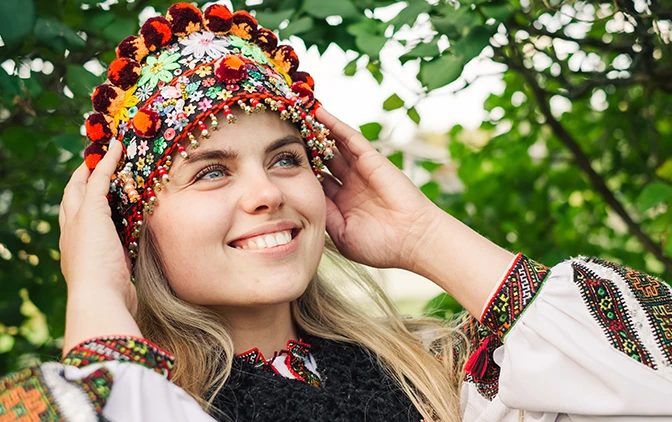
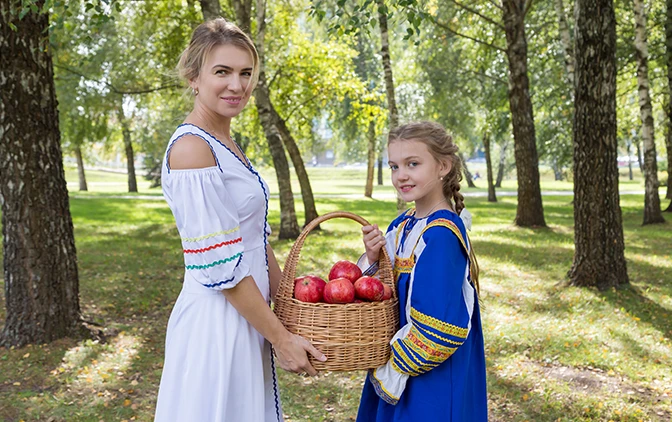
Geographical Spread of Slavic Influence
The Slavic countries are a group of nations primarily located in Central, Eastern, and Southeastern Europe, as well as parts of Northern Asia. The Slavic people share linguistic, historical, and cultural ties, and they are often classified into three main groups: West Slavic, East Slavic, and South Slavic. Here is a list of countries with a significant Slavic population or influence:
West Slavic Countries:
Czech Republic
Slovakia
East Slavic Countries:
Belarus
Russia
South Slavic Countries:
Croatia
Slovenia
Bosnia and Herzegovina
North Macedonia
Montenegro
Bulgaria
Other Countries with Slavic Minorities or Influence:
Lithuania
Estonia
Kazakhstan
Moldova
The Enduring Legacy of Slavic Contributions
Throughout history, the Slavic people have made significant contributions to various fields, including literature, music, art, and sciences. The works of famous Slavic authors like Fyodor Dostoevsky, Milan Kundera, and Wisława Szymborska resonate globally. Slavic traditions and folklore have left an indelible mark on the world’s cultural tapestry, enriching the global heritage.
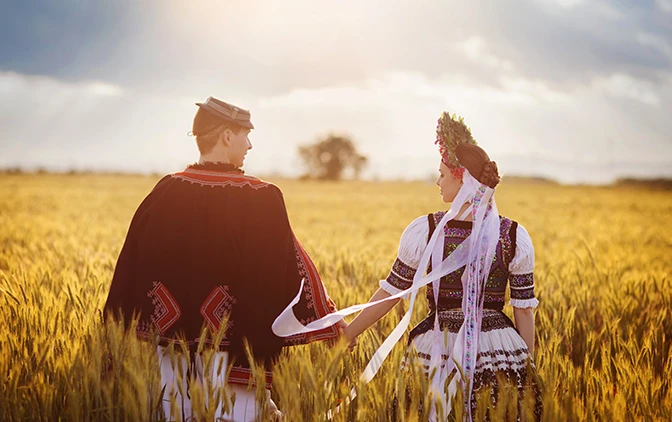
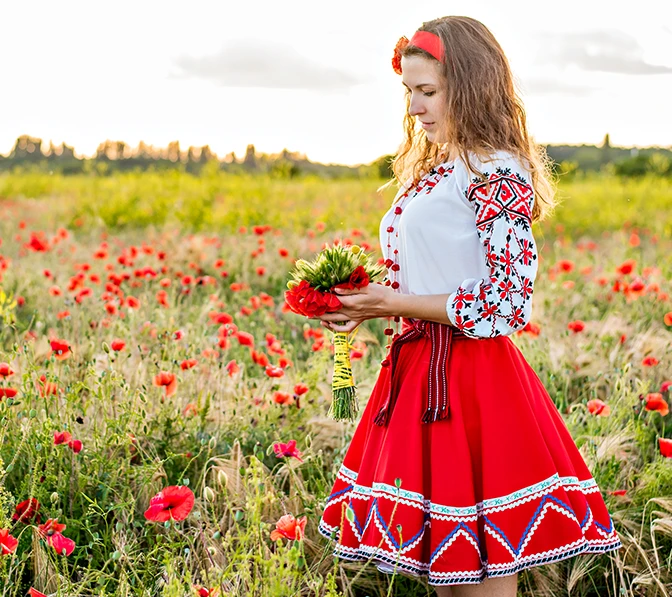
Beyond National Borders: The Fluidity of Slavic Identity
Crucially, the Slavic identity transcends national borders, as evidenced by minority populations and communities in various countries. Regions like Silesia in Germany, where historical Slavic influences persist, and the Rusyn communities scattered across different countries, exemplify the fluidity of Slavic identity.
The Slavic Community in Spokane
Spokane County is home to a thriving Slavic community of more than 60,000 people. Families from across the Slavic world have settled here, contributing their talents, skills, and culture to the region’s growth and diversity. This makes Spokane one of the largest Slavic population centers in the Pacific Northwest.
Our community includes people from Ukraine, Russia, Belarus, Moldova, Poland, Bulgaria, Serbia, Bosnia and Herzegovina, North Macedonia, and other Slavic nations. Despite varied backgrounds, we are united by language, tradition, and a shared desire to create a better life while staying connected to our roots.

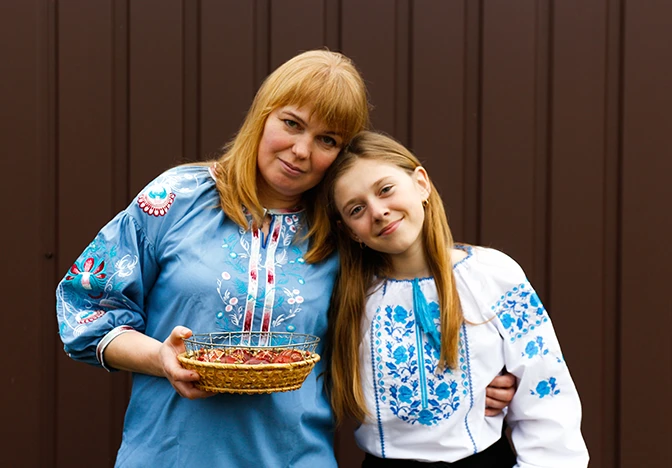
Why It Matters
The Slavic community plays a vital role in the cultural, economic, and social fabric of Spokane. Whether through small businesses, community organizations, churches, or volunteer work, Slavic people are actively building a future that honors their heritage while embracing opportunity in the United States.
Spokane Slavic Association is proud to support, celebrate, and amplify the voices of this dynamic and growing community.
